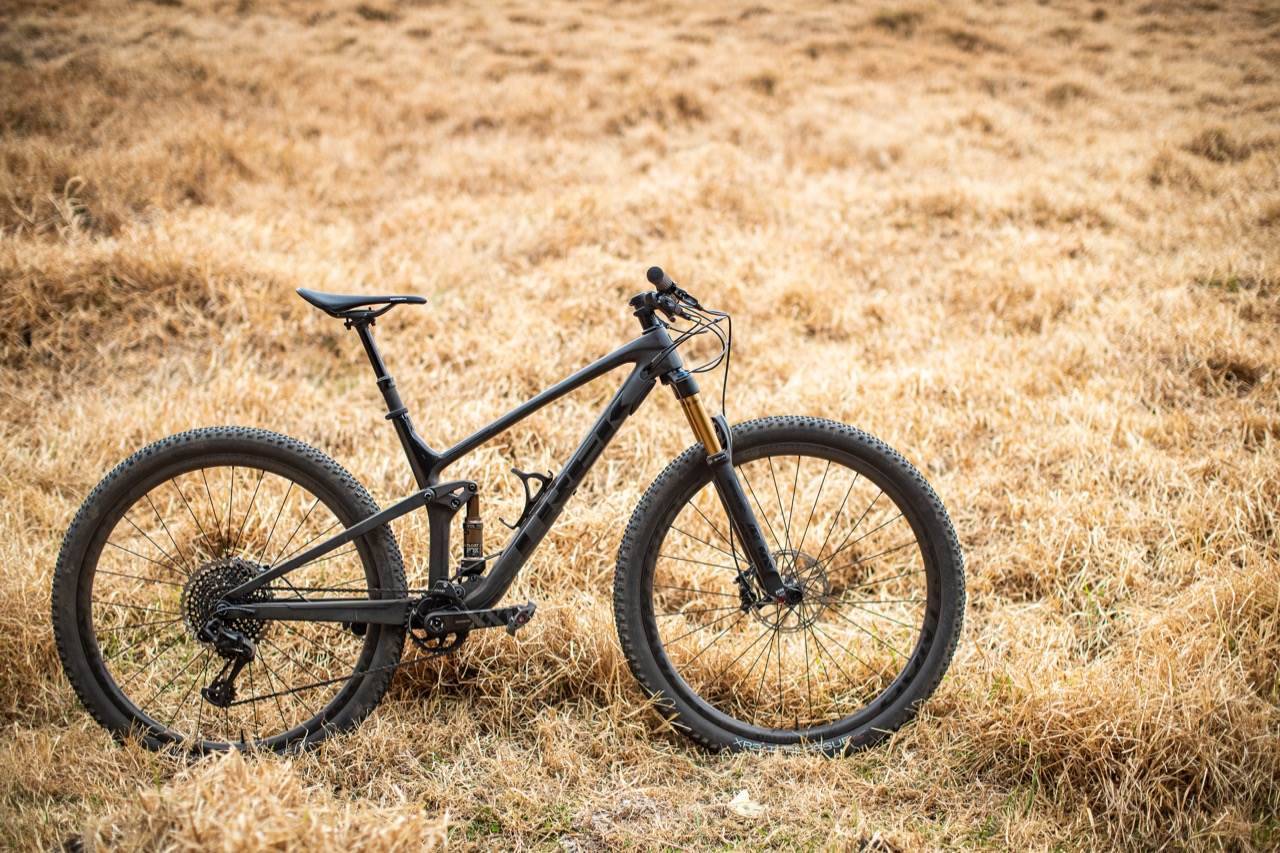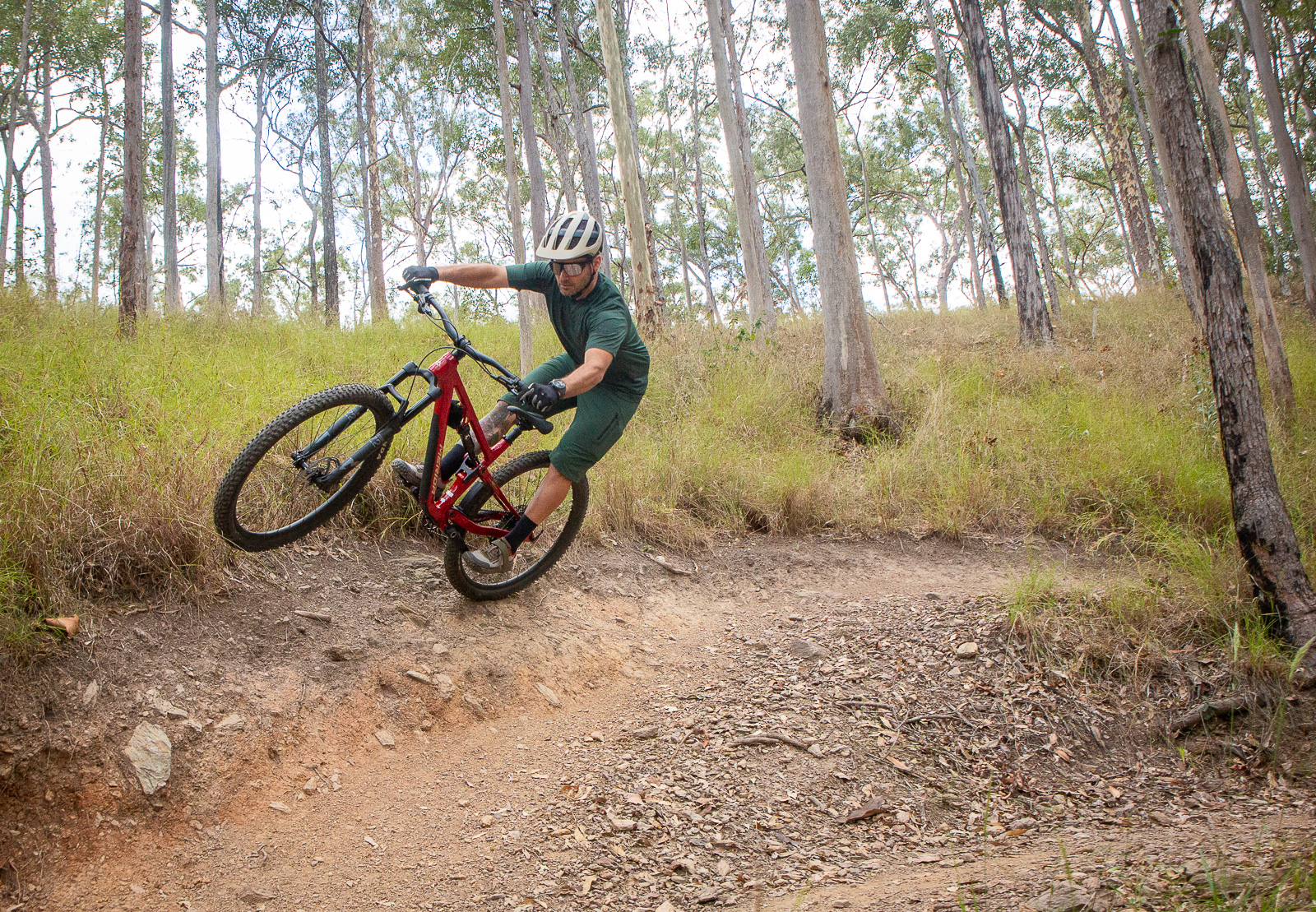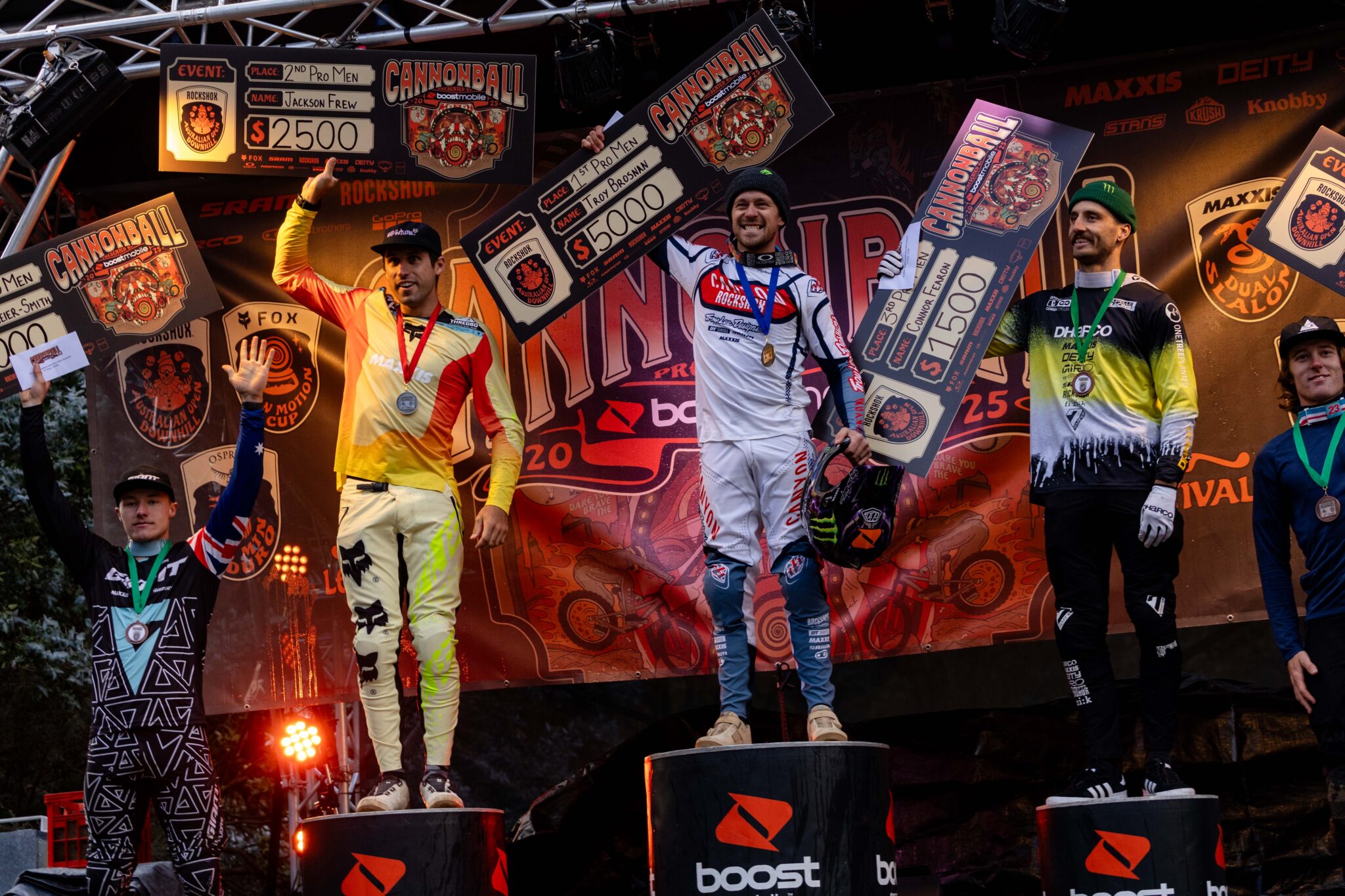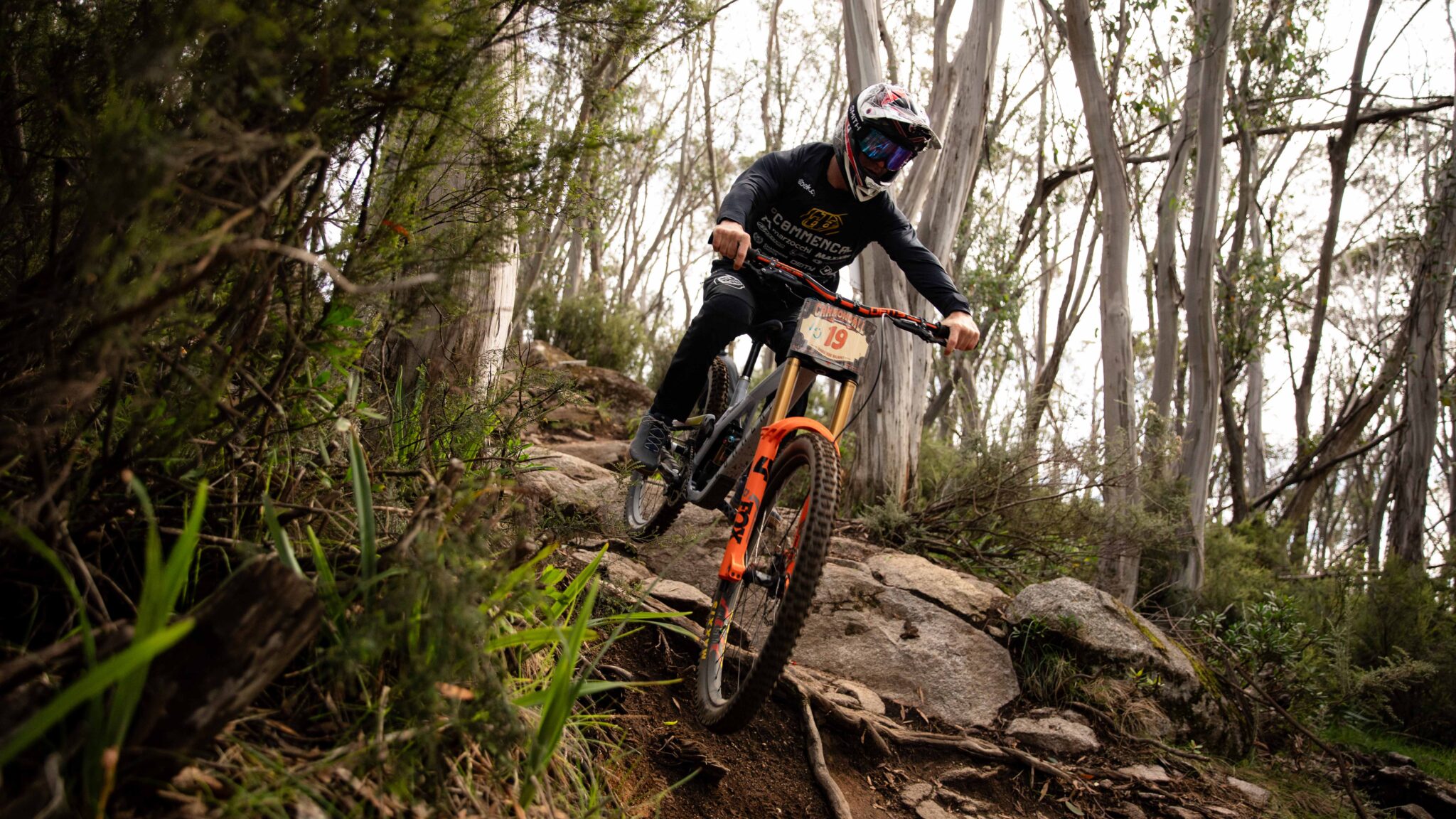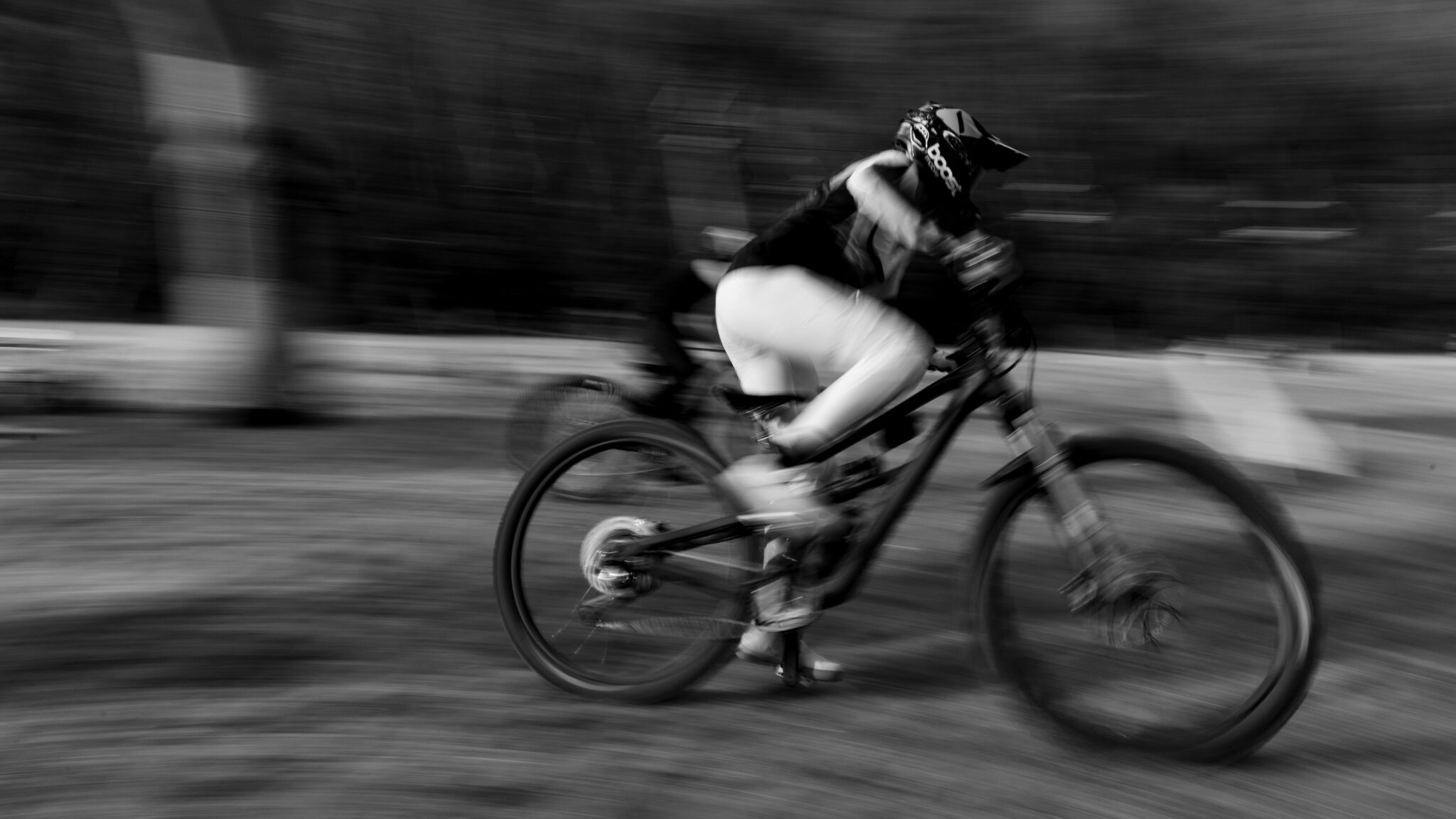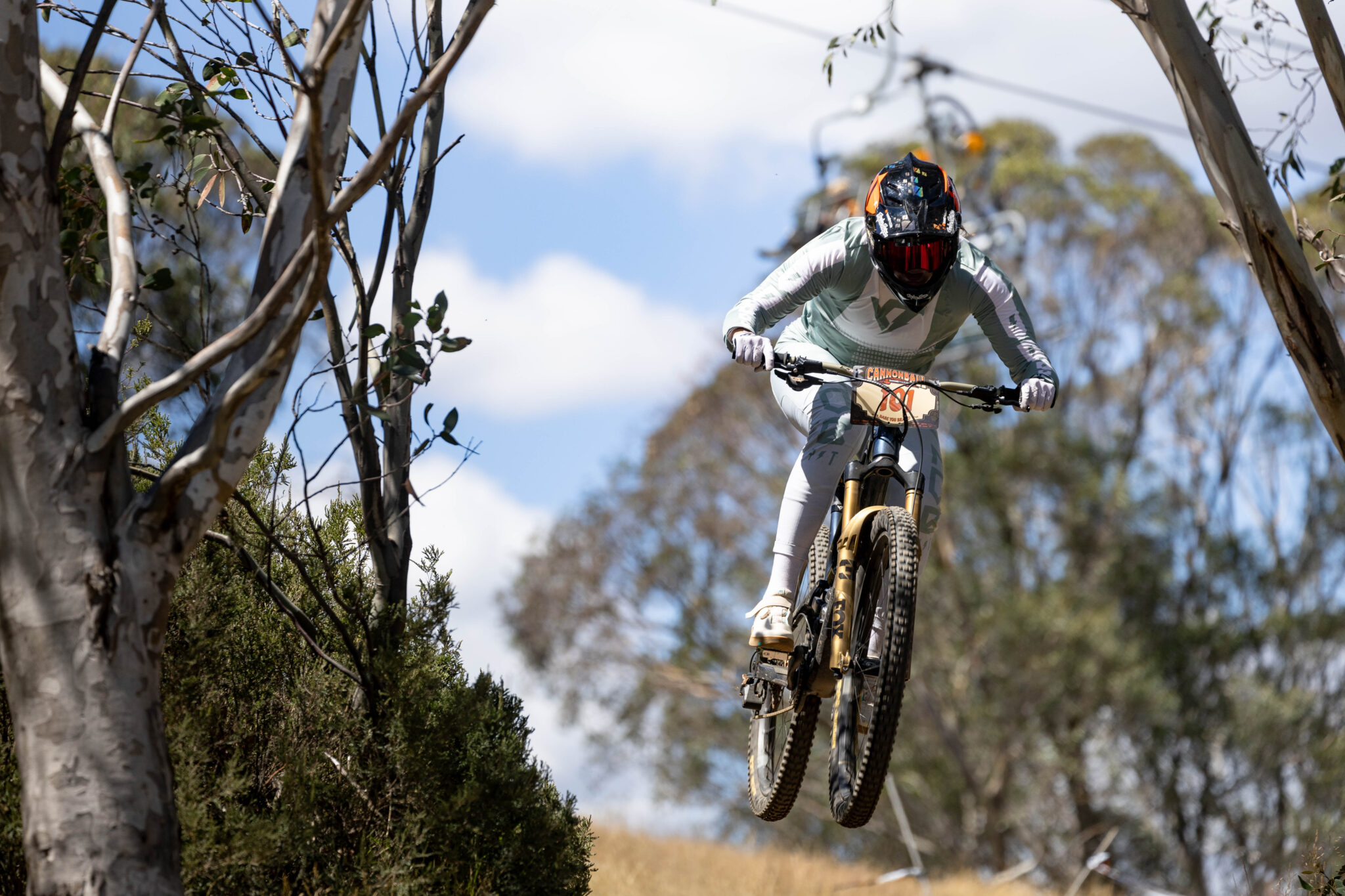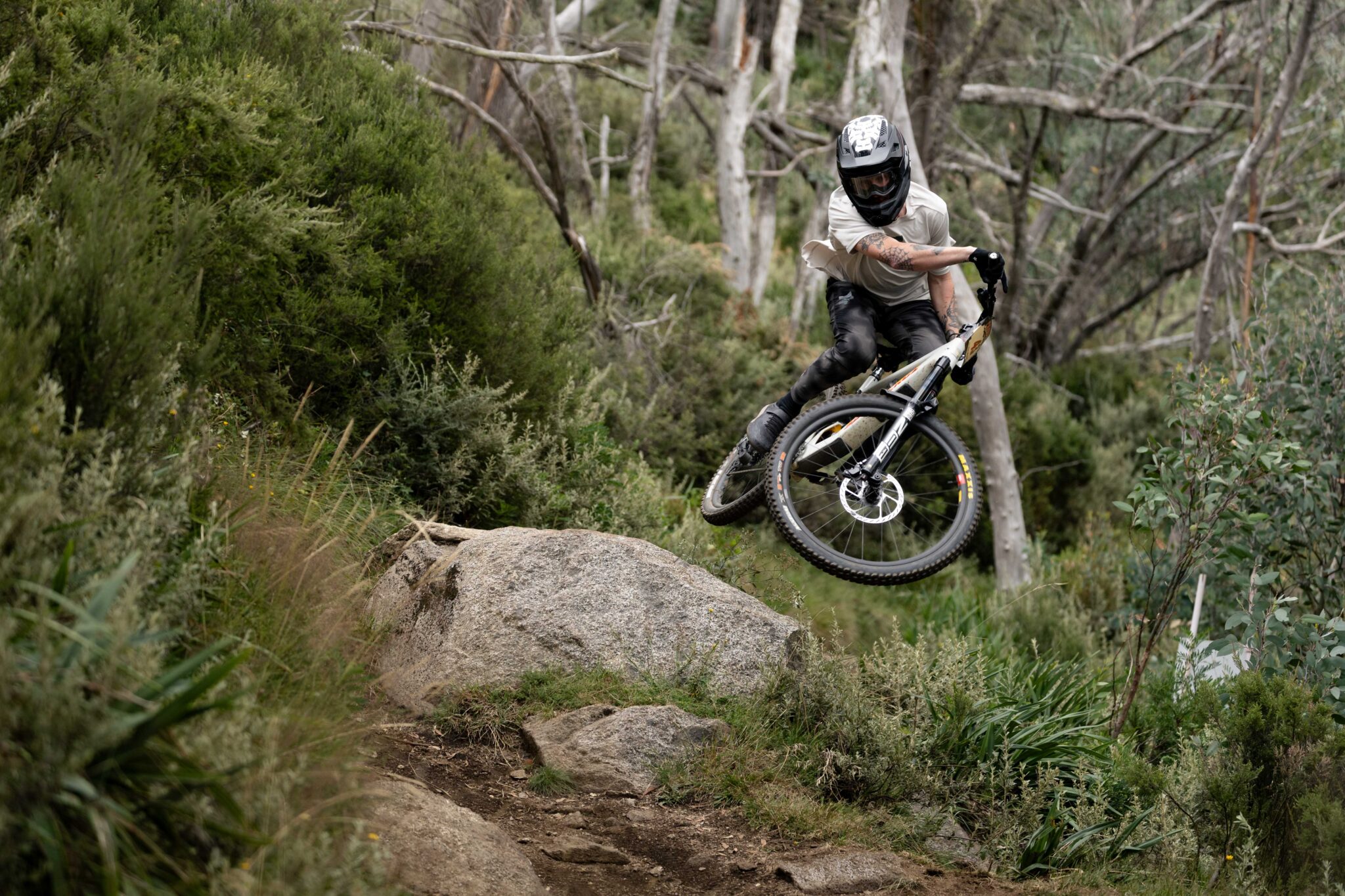TESTED: Trek Top Fuel 9.9
Looking to cover XC racing and all day trail riding, meet the Trek Top fuel 9.9
Words: Ryan Walsch Photos: Tim Bardsley-Smith
Trek needs no introduction and when they announce an all new model, it’s a safe assumption that its going to be an outstanding performer. With the success of the previous iteration of the Top Fuel, XC bikes have continued to evolve and riders are demanding more out of their equipment. Call it marathon, call it down-country, call it mountain biking. Whatever you call it the all-new Trek Top Fuel is highly capable.
Sitting between the Fuel EX at 130mm travel and the IsoStrut equipped Procaliber soft tail, the Trek Top Fuel bridges the gap between XC racing and all day trail riding ability. It has some serious racing pedigree with some fun thrown in.
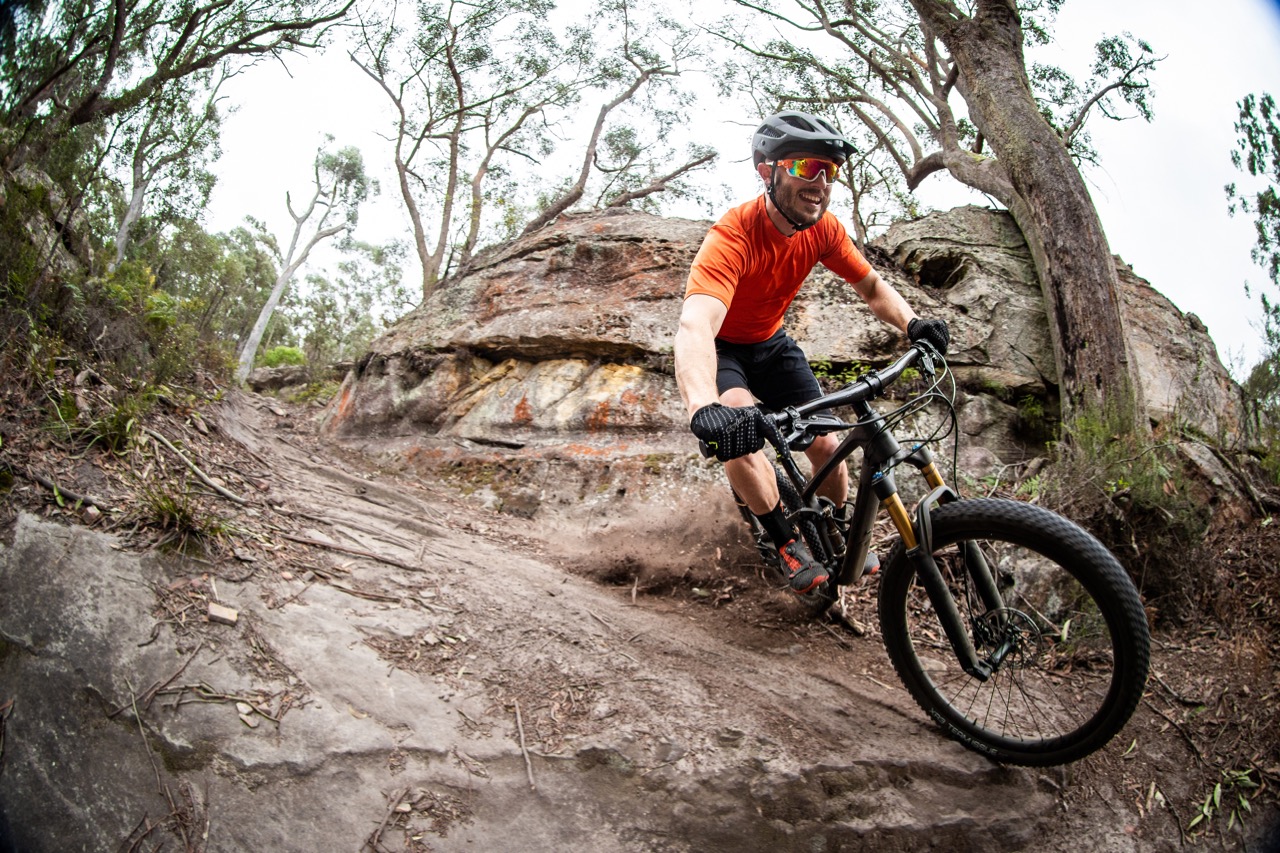
Trek Australia will be bringing in the all alloy Top Fuel 8 along with a myriad of carbon options with offerings from either SRAM or RockShox with pricing starting at $4499. If you still can’t find the colour or spec for you, then enlist Trek’s Project One lab and get creative as the options are seemingly endless.
Trek is confident they have created modern short travel trail bike that can dip its tyres into several disciplines in particular endurance style events. And so are plenty of other brands who have bikes that line up against the Trek Top Fuel, like the new Norco Revolver 120, Scott Spark, Santa Cruz Tallboy and more.
Initial Impressions
As with all Trek frames, the cleanliness and attention to detail at all price points is hard to ignore and with our test Top Fuel 9.9’s full carbon frame there is little out of place right out of the box. The carbon frames utilise Trek’s OCLV (Optimal Compaction Low Void) which with aid from finite element analysis lays more fibers where they are needed and less where they're not. In this way weight is stripped where possible to create a lightweight yet durable fuselage. At a glance, the large OCLV Mountain Carbon downtube looks just like that of the Fuel EX, Trek’s 130mm trail bike and now equipped with a Knock Block steering stop has a straight downtube from head tube to bottom bracket. Looking over the entire frame, many of the tubes are straight and have an almost square profile moving away from the swooping lines and round tubes of old.

Top Fuel retains the dual lock out and by flipping the rear shock and has a much neater routing of the lockout cables and uses the RockShox Twistloc dual lockout which is a huge improvement on what previous iterations used. The mix of RockShox and Fox here snaps effortlessly back into the open position with the press of a button. On the subject of suspension, we see the disappearance of Trek’s proprietary Re-Aktiv regressive damping found in their Fox shocks, now when you twist that dual lock, the bike is locked and ready to attack with no ifs or buts. Cable management is taken care of by updated Control Freak routing, in particular the cable housing clamp on the top of the downtube to stop housings being pulled through and bunching up from rear suspension activation.
Trek: Top Fuel 9.9 XX1
$11249
11.2kgs
trekbikes.com
Available sizes: S,M,M/L,L,XL,XXL
Frame material: OCVL carbon
Fork: Fox Factory 34 SC 120mm Boost
Shock: Fox Factory DPS 2 position 115mm
Shifter: SRAM XX1 Eagle 12sp
Derailleur: SRAM XX1 Eagle 12sp
Crank: SRAM XX1 DUB 32t
Bottom Bracket: SRAM DUB
Chain: SRAM XX1 Eagle 12sp
Cassette: SRAM XG 1295 Eagle 10-50t
Wheel set: Bontrager Kovee Pro 30 Carbon
Tyres: Bontrager XR3 120tpi 29×2.40”
Brakes: SRAM Level Ultimate
Stem: Bontrager Kovee Pro
Handlebar: Bontrager Line Pro carbon 15mm rise
Seatpost: Bontrager Line Elite 150mm drop
Saddle: Bontrager Montrose Elite Titanium rail
Adjustable geometry is as simple as a flip of the Mino Link which has moved location from the seat stay and EVO link interface to the top shock mount making the change easier than ever. The high position keeps the BB 6mm higher and the steering sharp with a head angle of 68 degrees, flipping the chip into low slackens the geo out by half a degree at 67.5 degrees. With years of pioneering 29 inch bikes with Gary Fisher at the helm, G2 or 51mm fork offsets have been a staple on all Trek 29ers, however the Top Fuel’s fork rake has been reduced to 44mm thanks to growing reaches found across the industry. This means that slack head angle keeps things steady when pointing and shooting at speed, but keeps the front end really manoeuvrable at low speeds and when climbing.
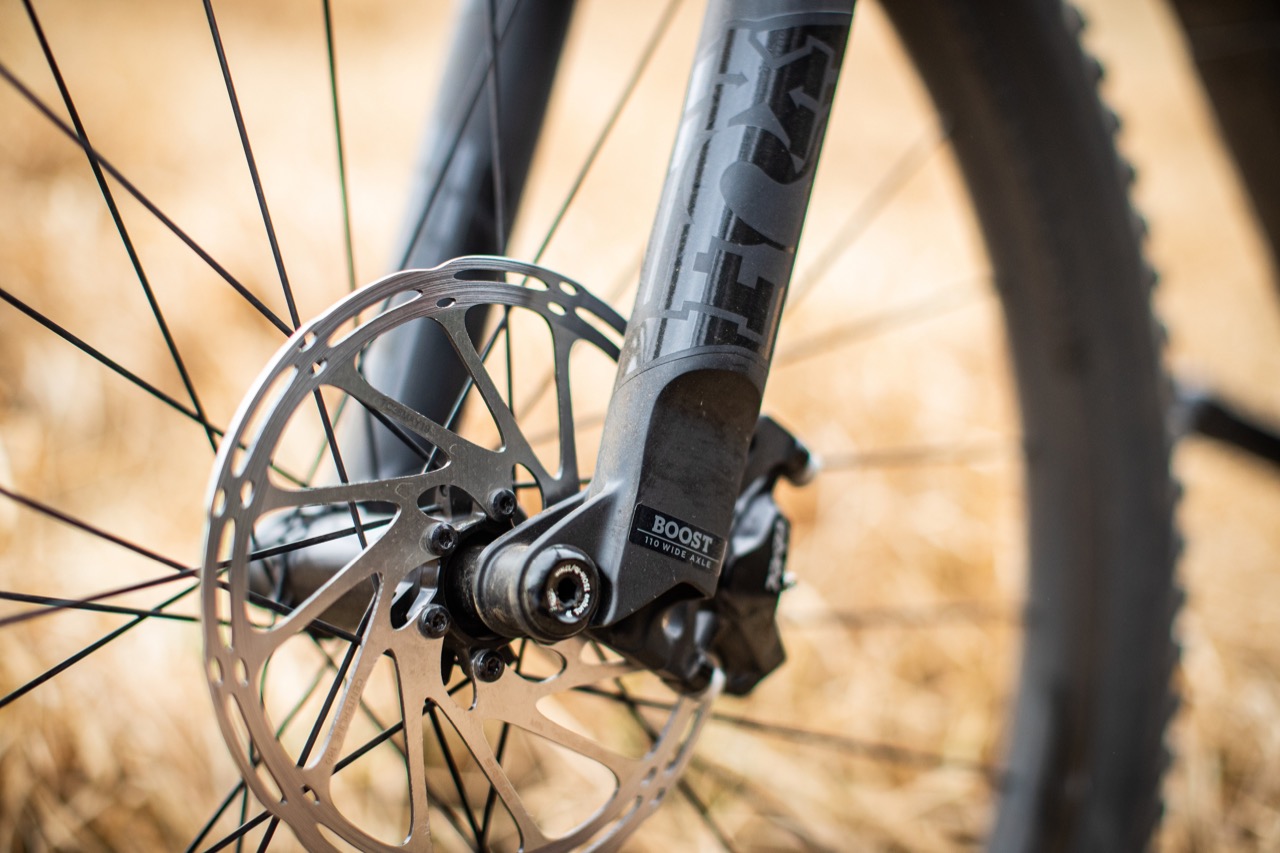
Setting up Treks is always super simple, using their online suspension calculator that gives you both pressures and suggested compression and rebound adjustments. I have always found the calculator to be on the soft side by about 10-20% for my own riding style, but it remains a great reference and starting point to get out and hit the trails as soon as possible with minimal fussing about.
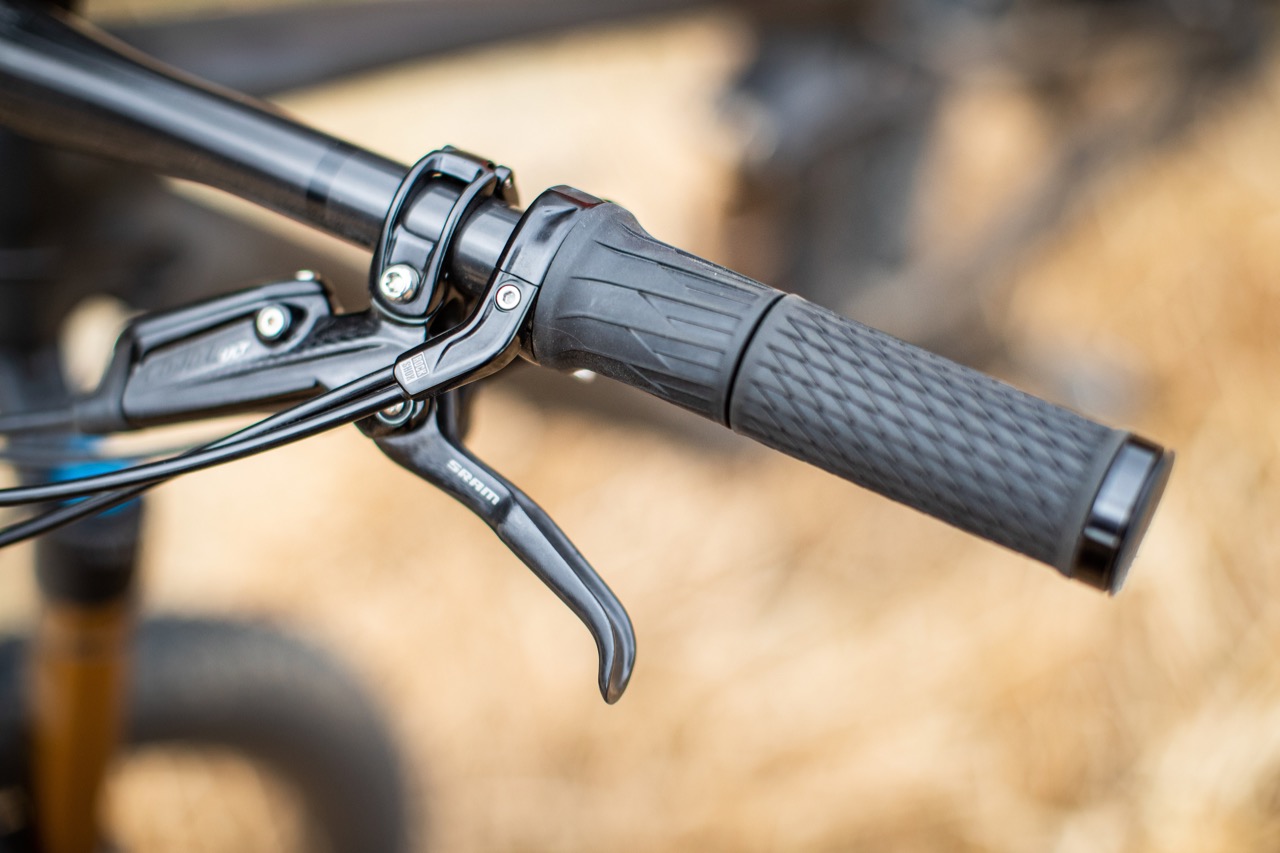
Our M/L Top Fuel 9.9 setup tubeless with 100ml of sealant in both ends weighed in at 11.26kgs with a Trek Batcage, which is impressively light considering the features and overbuilt appearance.
There are two things that sprung out to me when building the Top Fuel, where is the lunch box or what Trek call their in frame storage system, BITS? We saw it drop on both the Domane road bike and the new Fuel EX, an endurance/trail bike with no frame storage seems like a missed opportunity.
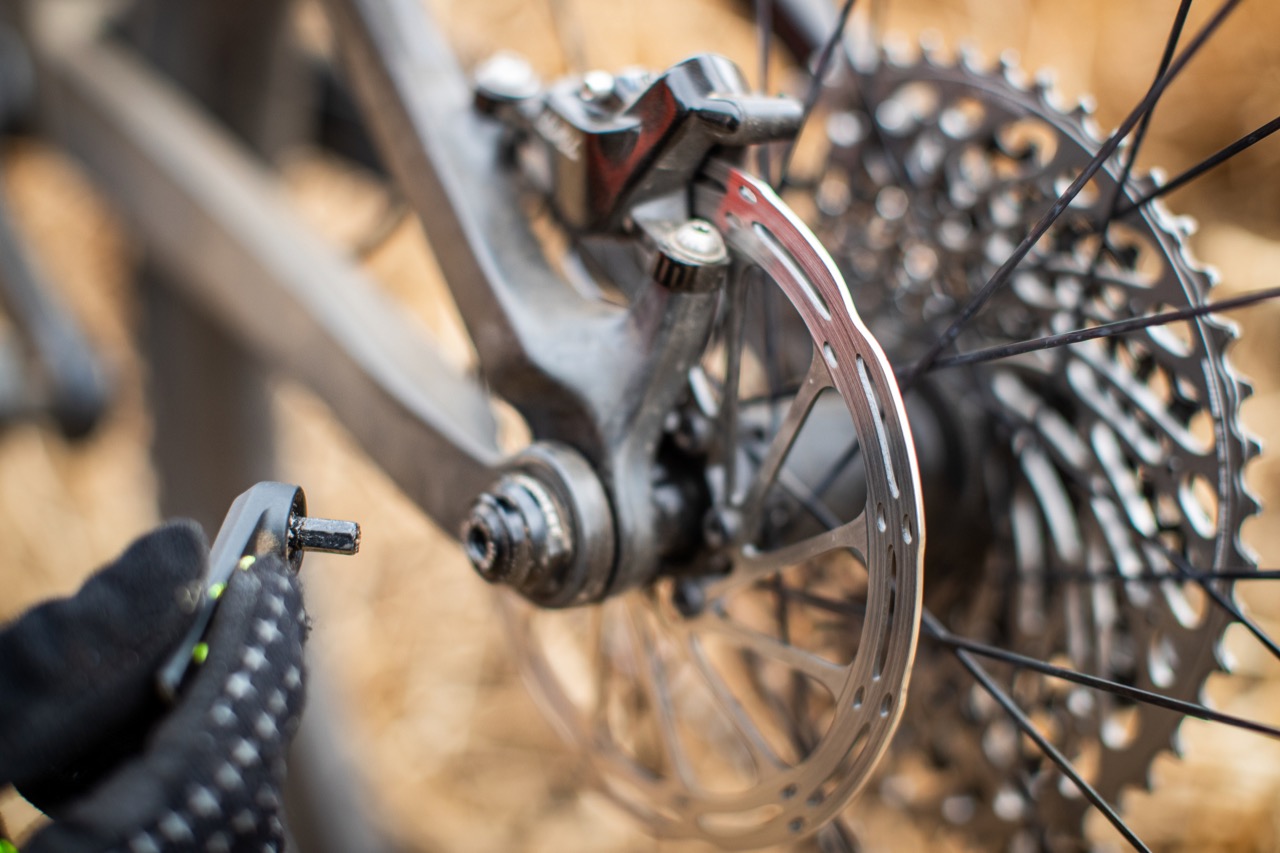
Secondly the chainstay has a very direct path from the main pivot to the ABP and rear axle. This straight line obviously attributes to the high stiffness of this scant rear end but sits extremely close to the chain even with a 32 tooth chainring when in the harder gears. What about riders running a 30 or even 28 tooth, will the closer gap make trail noise quieter with the chain having less run up before slapping the stay or just hit more frequently and make the same amount of noise, I would ride without an iPod and find out!
On The Trail
Getting comfortable on a Trek has always been straight-forward with sensible geometry and well thought out Bontrager touch points in particular the very comfortable Bontrager Montrose saddle. The Top Fuel has an effective seat tube angle of 75 degrees however the actual seat tube angle is 68.5 degrees which in the real world means riders with longer legs and a higher seat height will be pushed back over the rear wheel, to combat this I was required to move my seat further forward on the rails to get my body weight into a more central position. Another option if considering this purchase would be to look at a size large and shorter stem, go and sit on one in-store if unsure, it’s that simple.
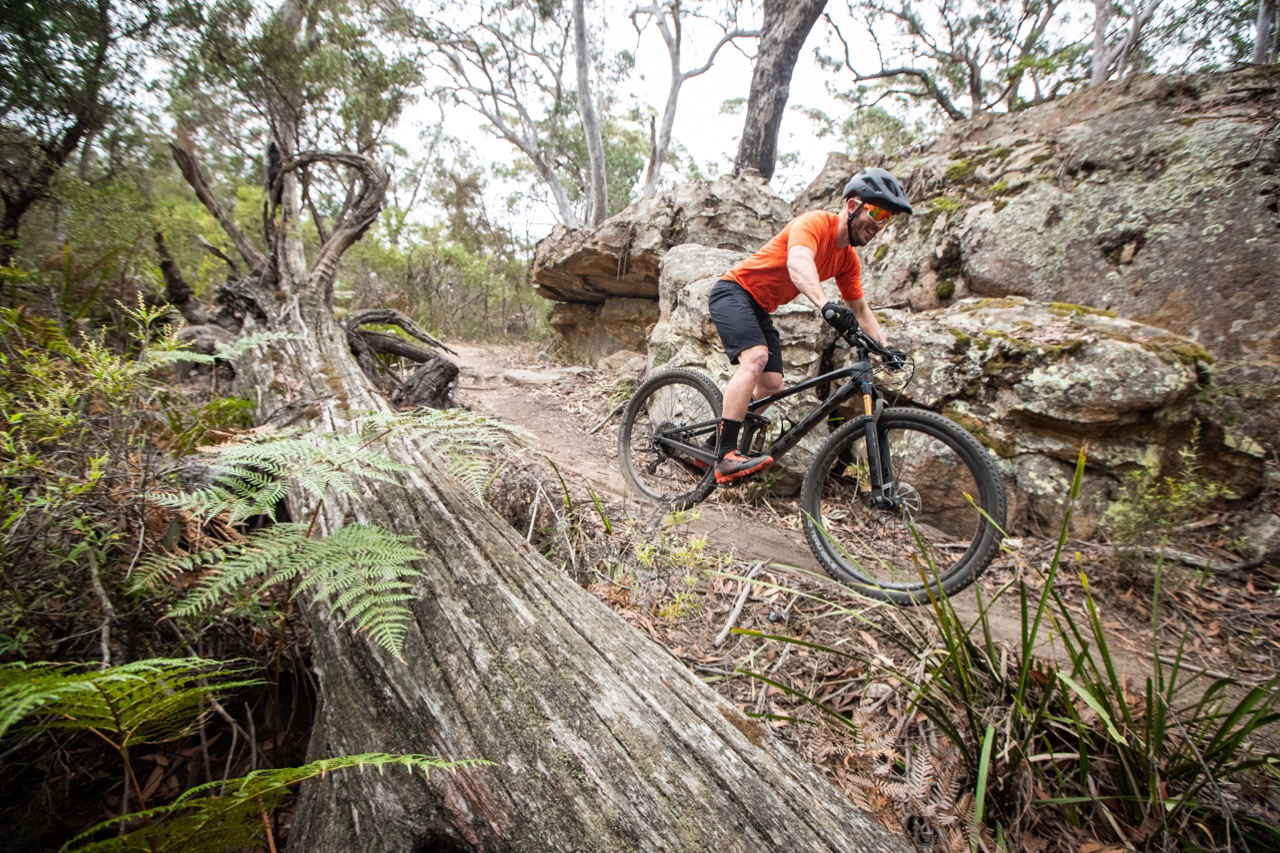
The Top Fuel’s head tube is one of the shortest I have seen on a XC/Trail bike, letting riders either slam that stem for their racing ventures or sit into a more comfortable trail riding position, the option is yours and not limited. Trek are offering the Top Fuel in 6 sizes from Small through to XXL, most importantly a size between Medium and Large that we had on test. As a rider with a height of 178mm I am technically between sizes M/L and L, the reach on our M/L 18.5 inch frame was spot on for me at 456mm and equated to a 1168mm wheelbase. With the saddle moved slightly forward to centre me on the bike, a 10mm longer 70mm stem would have been nice and is something most stores would happily change out.
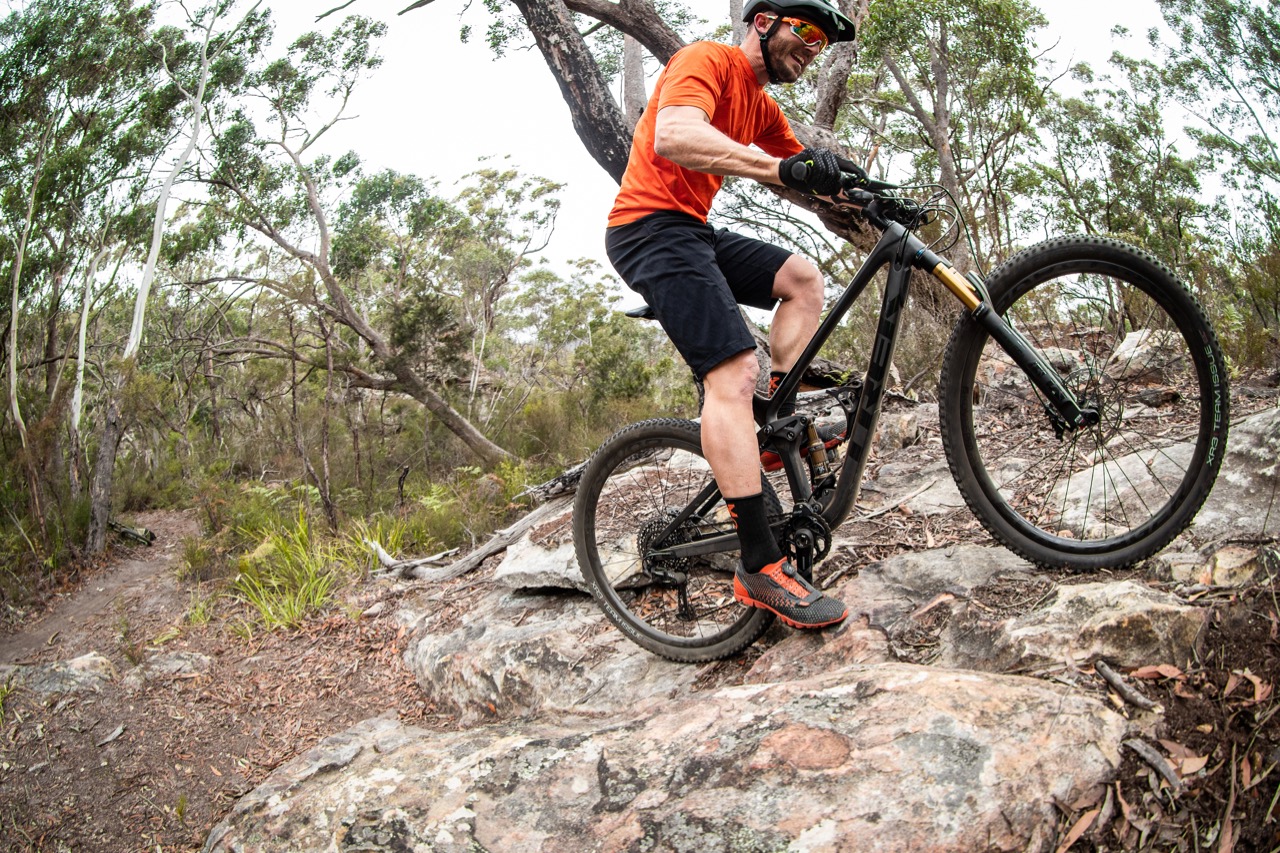
As a fan of the 130mm Fuel EX and its trail capabilities, I was surprised at how capable the new Top Fuel is with only 115mm rear wheel travel. Climbing is so much more enjoyable on a short travel XC/Trail bike especially when it feels surefooted and has a 150mm dropper for the descents. Trek have done a steller job stripping weight from the Top Fuel and somehow keep the handling direct and playful thanks to the 435mm chainstay. The 44mm fork offset, longer reach and ample standover make leaning into turns and direction changes easy and rewarding. I did find myself losing the front end in corners from time to time, the new Bontrager XR3s have an unusually round profile and the low profile side knobs offered less support than I am used too, was it that the bike was more capable than its intended use or was I just coming in too hot?
There are a few trails that I often miss when riding bikes of different genres and categories, sometimes for obvious reasons, sometimes out of fear. The Top Fuel however felt composed enough to just ride, anything and everything. It climbs exceptionally well, motors along the flat, can be locked out completely and is burly enough to charge some pretty rowdy descents. With less excuses about what bike you’ve brought on a ride, riders can just focus on the ride itself knowing that their steed can make it.
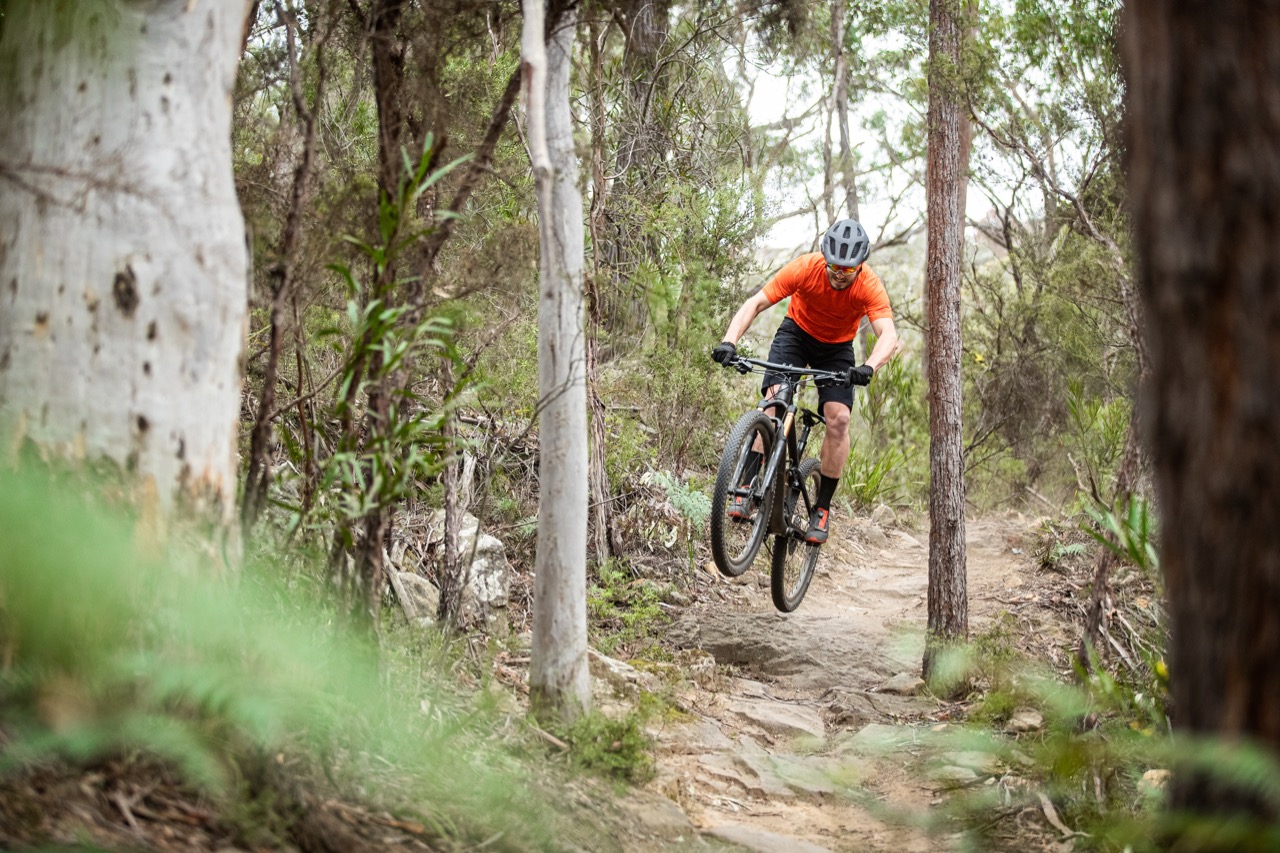
Our Take
Throughout my time onboard the Trek Top Fuel, I had no maintenance issues at all despite some long and rough rides. The ability to ride one bike on a variety or terrain with speed and ease has been a blast and quite the contrast to the big and burly bikes I often ride. It’s a fantastic option for riders who want to find the limits of speed while having fun doing it.
The only thing that I believe could have made the Top Fuel more practical would be either on frame or in frame storage such as Trek’s recently launched BITS storage system. A bike with this all day capability would benefit from either a second bottle or more ways of carrying essentials – especially if you were looking at this bike for a major endurance event like The Pioneer. The bike is perfect for it, but having the built in storage would be the icing on the cake.
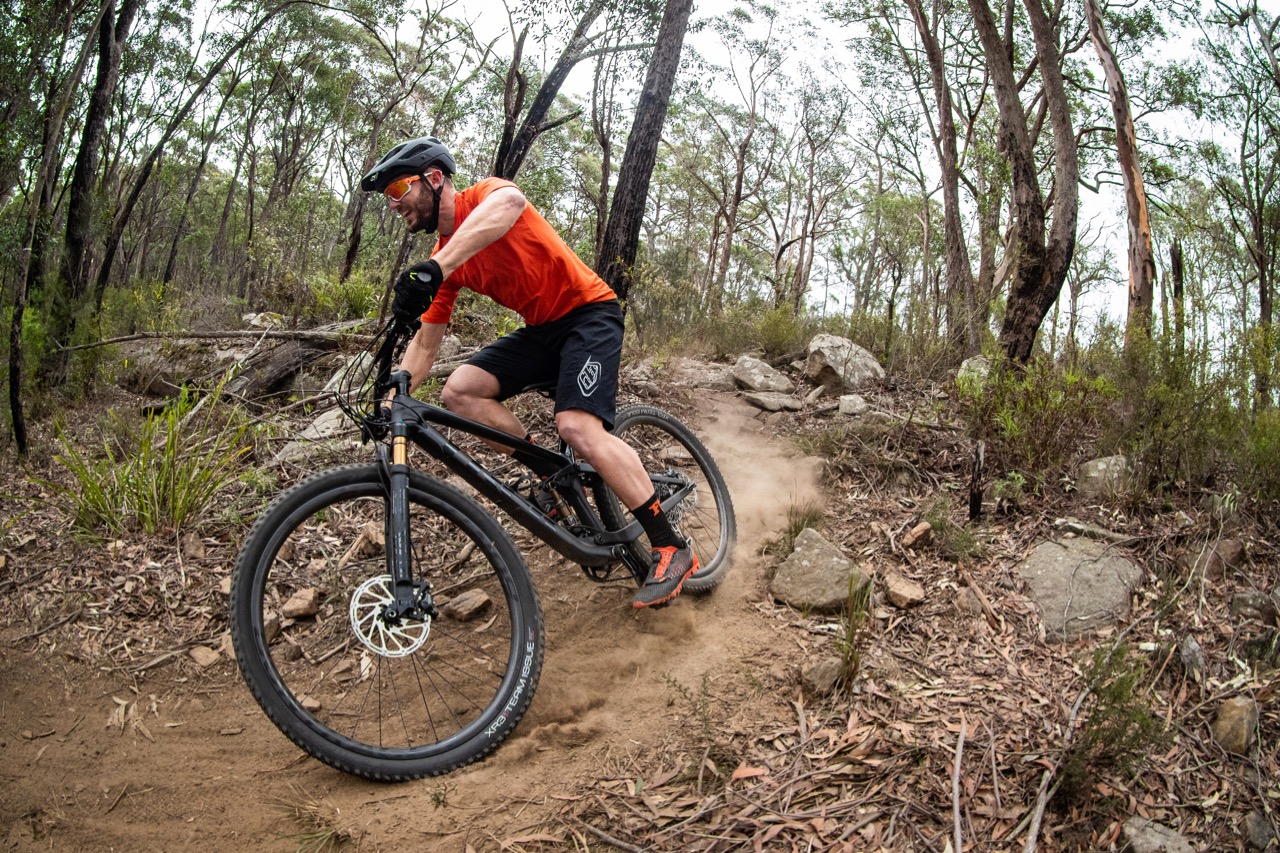
It is also worth noting that chain slap on the very close stay was present, it was not overly loud but in the harder half of the gear range definitely audible. A slightly more raised or ribbed chainstay protector would likely rectify this issue but considering the overall capability and performance of the rear suspension for such a light rear end I would happily seek one out.
By modernising the Top Fuel, Trek have created a mountain bike for mountain biking, less limited by genre and ready for taking you places fast.

